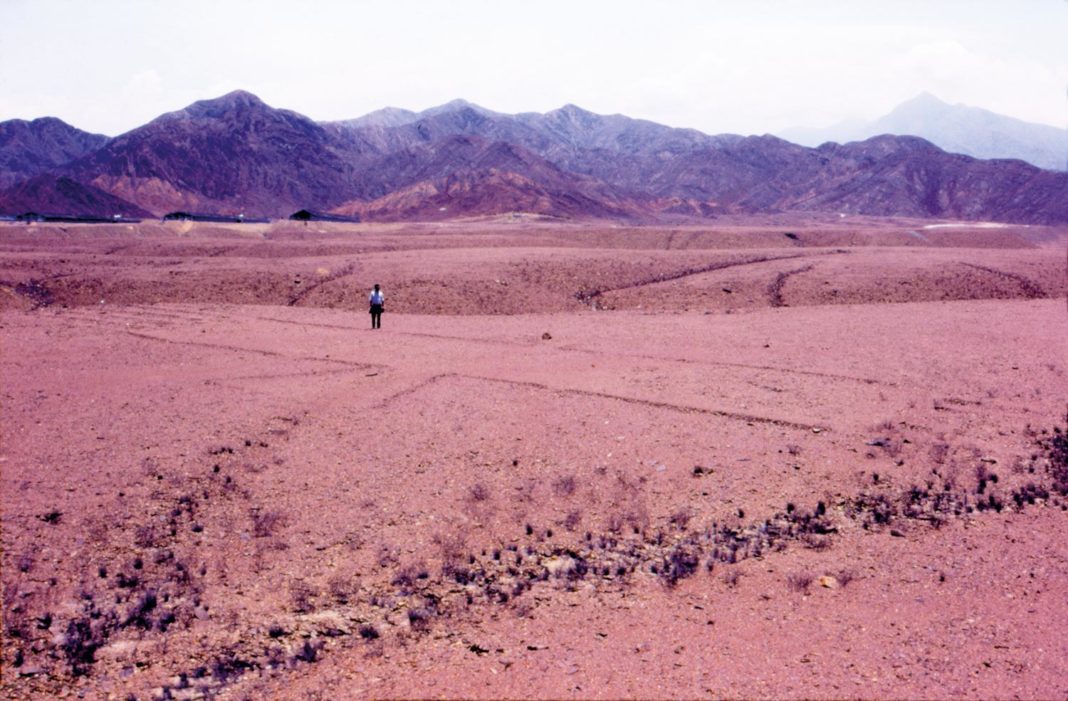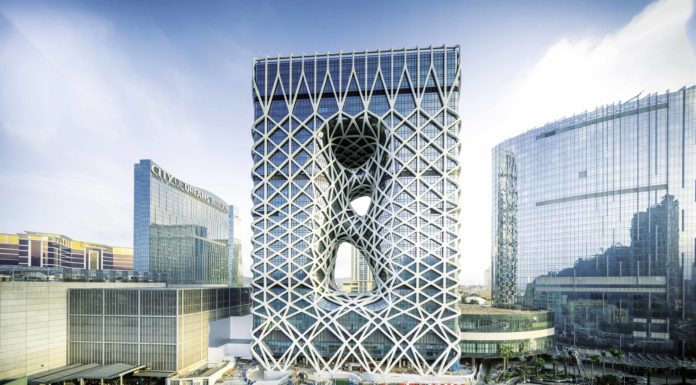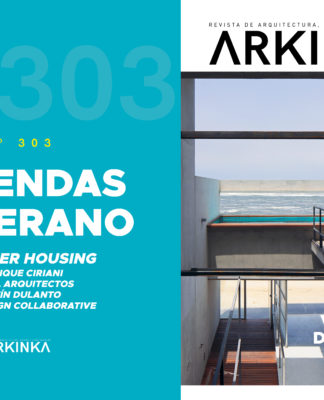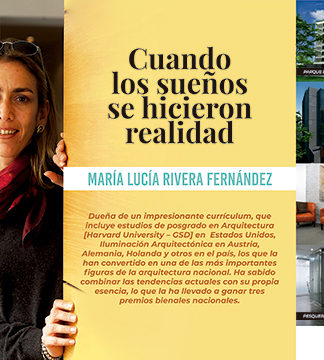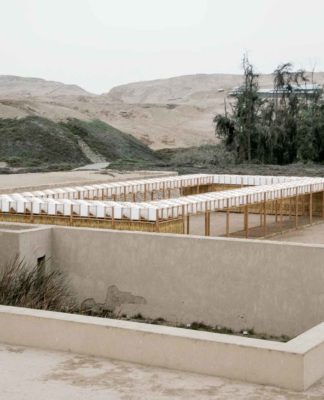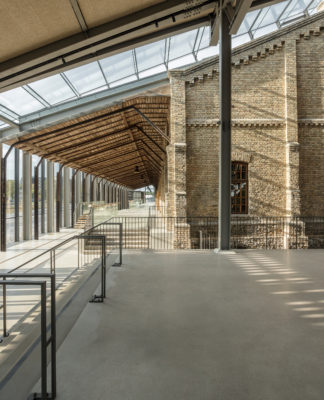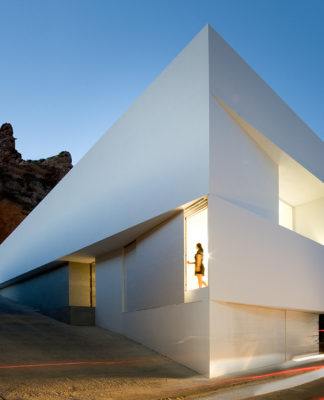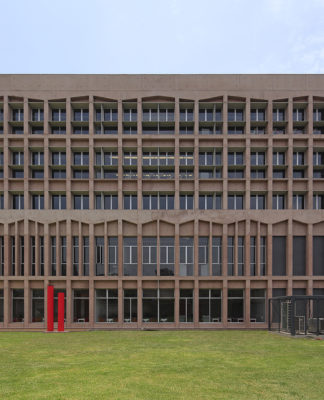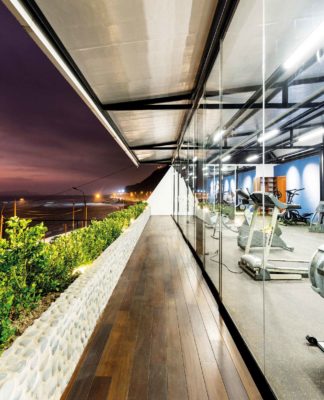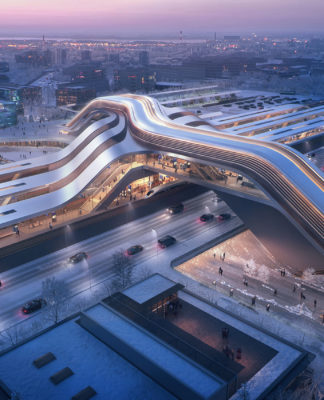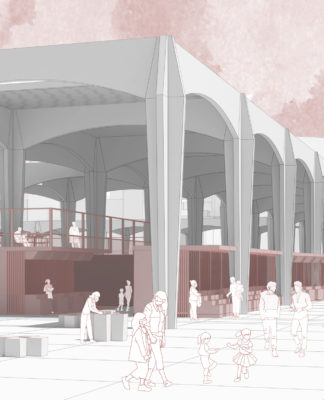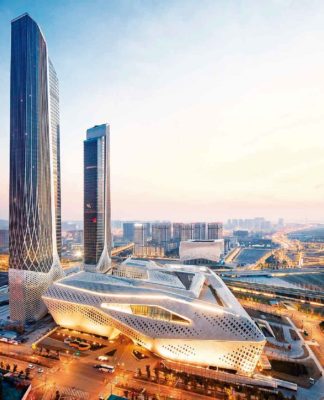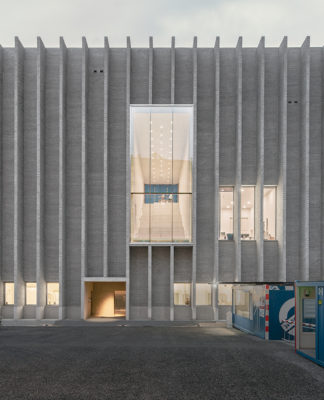Arquitectura ceremonial Cupisnique en Cerro Tres Cruces, Valle de Chicama
Por César Gálvez Mora / Juan Castañeda Murga
Introducción
Las investigaciones realizadas desde el inicio del último tercio del siglo XX en el valle de Chicama, permitieron registrar una importante ocupación humana en el área marginal de quebradas -dominada por las estribaciones de la cadena occidental de los Andes- cuyos antecedentes datan del Paijanense (ca. 11,000 a. P.) (Chauchat et al. 1998; Gálvez 2012).
Desde la década de los 80 han sido documentados conjuntos de estructuras de habitación posteriores al Paijanense, en terrazas del Cuaternario de esa área desértica. Las estructuras datan -según los casos- desde el Horizonte Temprano hasta el Horizonte Tardío; y en dos lugares se vinculan a una edificación de pequeña escala formada por un promontorio natural modificado, un camino de mayor longitud y ancho, y otro -más bien corto- de menor magnitud. A su vez, estas edificaciones se articulan a una montaña, como en Cerro Tres Cruces (Quebrada Tres Cruces, margen sur del valle de Chicama) (Gálvez et al. 2012) y en un sitio colindante con el Cerro Cuculicote (Quebrada de la Camotera, margen derecha del valle) (Op. Cit.).
Cupisnique Ceremonial Architecture in Cerro Tres Cruces, Chicama Valley
By César Gálvez Mora / Juan Castañeda Murga
Introduction
The investigations carried out since the beginning of the last third of the 20th century in the Chicama Valley, allowed registering an important human occupation in the marginal area of gorges -dominated by the foothills of the western Andes mountain chain- whose background date from the Paijanense (ca 11,000 a.P.) (Chauchat et al., 1998, Gálvez 2012).
Since the 80s decade several sets of housing structures after the Paijanense have been documented, in terraces of the Quaternary of that desert area. The structures date -according to the cases- from the Early Horizon to the Late Horizon; and in two places they are linked to a small-scale building formed by a modified natural promontory, a path of greater length and width, and another -more short- path of lesser magnitude. In turn, these buildings are articulated to a mountain, as in Cerro Tres Cruces (Quebrada Tres Cruces, south bank of the Chicama Valley) (Gálvez et al., 2012) and in a site next to Cerro Cuculicote (Quebrada de la Camotera , right bank of the valley) (Op. Cit.).

